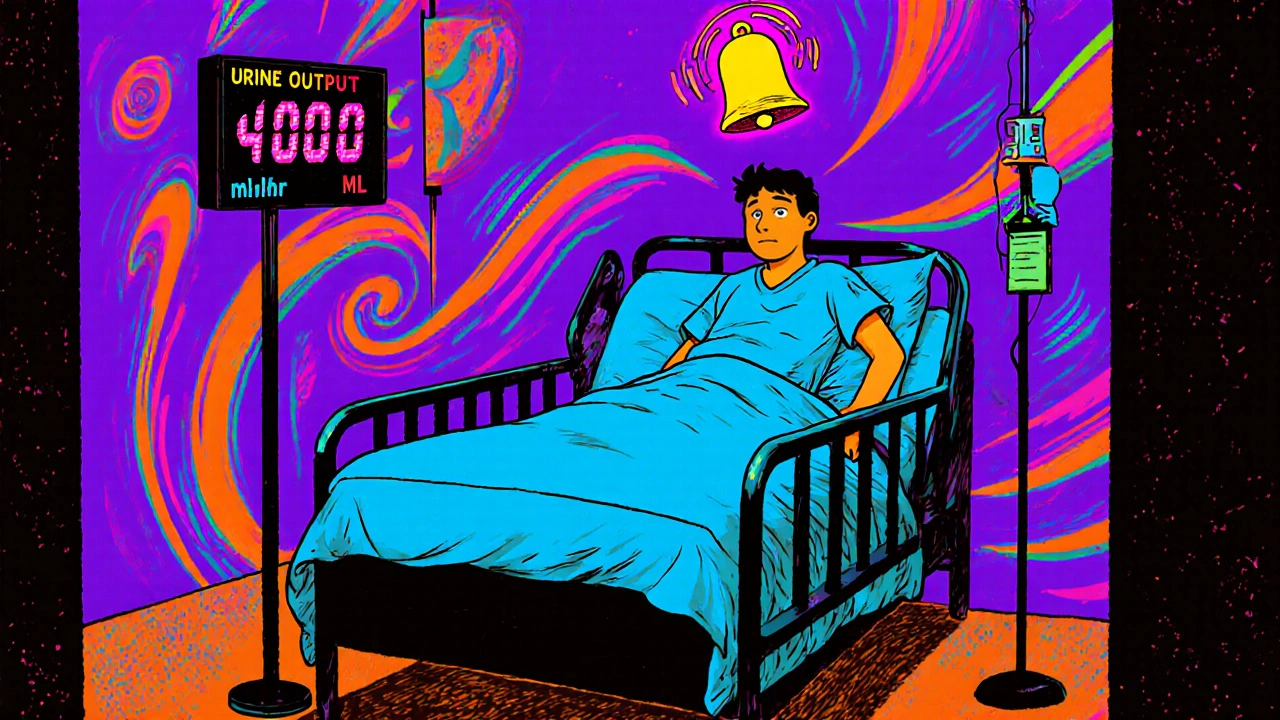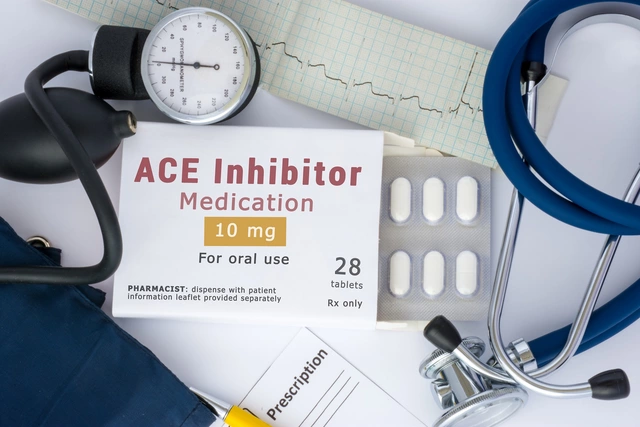Postoperative Diabetes Insipidus: Causes, Symptoms, and Treatment Options
When you develop postoperative diabetes insipidus, a condition where the body can’t properly regulate water balance after surgery. It’s not the same as type 1 or type 2 diabetes—it’s about your kidneys producing too much urine because your brain isn’t making enough antidiuretic hormone. This hormone, also called vasopressin, tells your kidneys to hold onto water. After brain or pituitary surgery, that signal can get disrupted. You might find yourself urinating every hour, even at night, and still feel thirsty no matter how much you drink. It’s not just annoying—it can quickly become dangerous if fluids aren’t replaced.
This condition shows up most often after surgeries near the base of the skull, like pituitary tumor removal or brain aneurysm repair. But it can also happen after spinal surgery or even major head trauma. The vasopressin, a hormone that controls how much water your kidneys reabsorb either stops being made or stops reaching the kidneys. Sometimes it’s temporary—your body recovers in a few days. Other times, it lasts longer and needs treatment. Doctors check for it by measuring urine output, blood sodium levels, and how concentrated your urine is. High urine volume with low concentration and high blood sodium? That’s the classic sign.
What helps depends on how severe it is and how long it lasts. Mild cases just need careful fluid replacement—sipping water regularly, tracking output, and watching for dizziness or confusion. More serious cases need medication. desmopressin, a synthetic version of vasopressin that’s safe and effective is the go-to treatment. It comes as a nasal spray, tablet, or injection. For some patients, especially those with kidney issues, doctors might use other drugs like chlorpropamide or thiazide diuretics to trick the kidneys into holding water better. But these are less common and need close monitoring.
If you’ve had recent surgery and suddenly can’t stop drinking or peeing, don’t ignore it. It’s not normal. Even if you feel fine, unchecked diabetes insipidus can lead to severe dehydration, electrolyte imbalances, or even seizures. Nurses on post-op floors watch for this closely—so if you’re the patient, speak up. Track your urine output. Note how often you’re thirsty. Tell your care team if you’re going through more than 3 liters of urine a day. Early detection makes treatment simple and prevents complications.
The posts below give you real-world insights: how doctors diagnose it, what medications work best, how long recovery takes, and what patients actually experience after surgery. You’ll find comparisons of treatment options, dosage tips, and warnings about what not to do. This isn’t theoretical—it’s what works in hospitals and clinics today.
Desmopressin in Post‑operative Diabetes Insipidus: Case Study & Management Guide
Learn how desmopressin treats postoperative diabetes insipidus through a real case, dosing options, safety monitoring, and practical nursing steps.






